Atsinanana Rainforest, Madagascar
Madagascar was once part of mainland Africa, but it separated into an island around 60 million years ago. As a result, the island features unique plant and animal species that are found nowhere else in the world. If you wish to appreciate the country’s rich wildlife, Atsinanana Rainforest is the place to go.
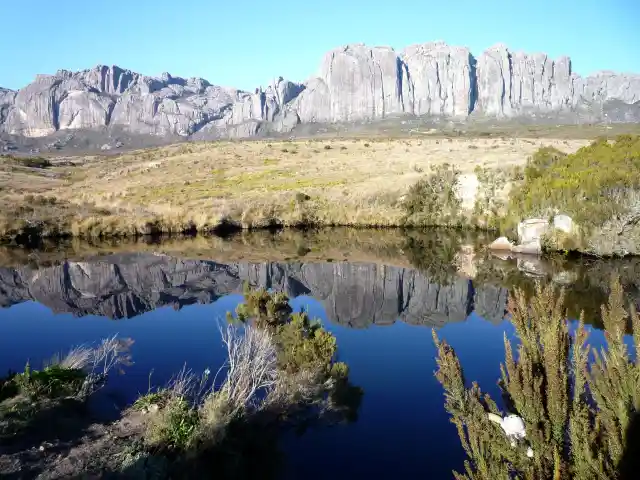

However, the rainforest has been placed on UNESCO’s watch list because of the illegal timber logging of ebony and rosewood. Not only does this destroy a large part of the site’s flora, but it also poses a threat to the animals that live there, including the already endangered lemurs.
Medieval Monuments, Kosovo
The landlocked nation of Kosovo has been one of the last to declare its independence, as it seceded from Serbia in 2008. This small country has several amazing churches and monasteries spread throughout different cities, and they all boast Byzantine-Romanesque wall paintings that date from the 13th to 17th centuries.
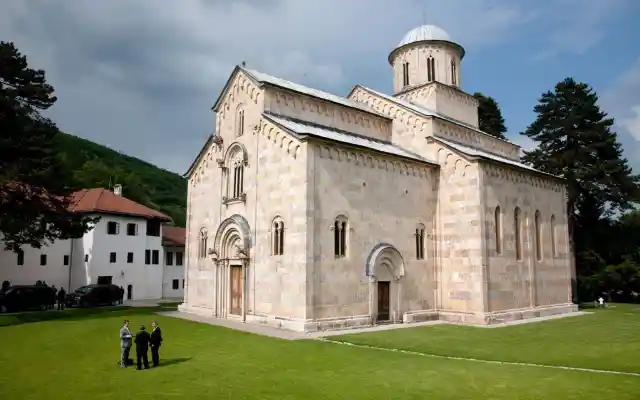
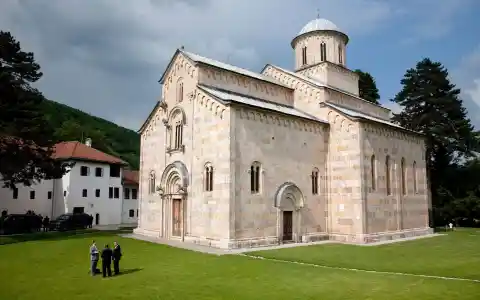
However, many of these historical buildings are currently threatened by the country’s political instability. Such is the Church of Holy Apostles, the Dečani Monastery, and the Patriarchate of Peć Monastery.
Vienna, Austria
Many European capitals have a very rich cultural heritage, to the point that many of them have been designated UNESCO Heritage sites. Such is the case of the historical center of Vienna. Once home to Mozart and Beethoven, this city’s Old Town features tremendous Imperial palaces such as Schönbrunn and beautiful Baroque castles.
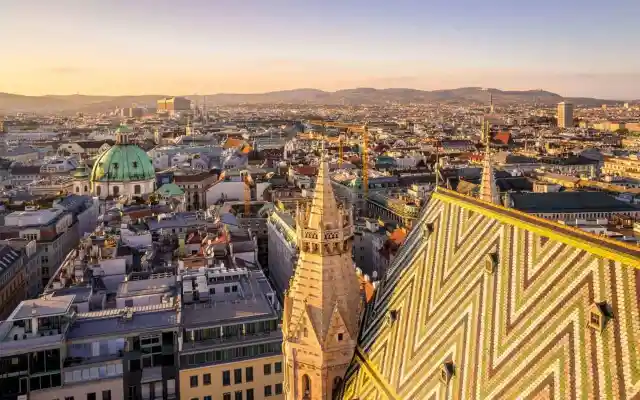
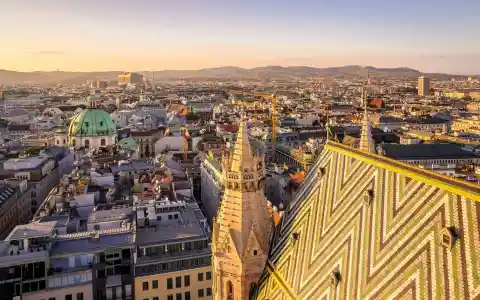
The problem with Vienna is that, according to the UNESCO, the high-rise projects are starting to ruin the city’s historic skyline. The constructions of more and more luxury apartments, boutique hotels, and towering office buildings constitute a threat to the preservation of Vienna’s ancient Habsburg architecture.
Humberstone And Santa Laura Saltpeter Works, Chile
Chile is home to the driest place on Earth, the famous Atacama Desert. This desert is home to two of the weirdest ghost towns in the world: Humberstone and Santa Laura. These abandoned towns contain the world’s biggest reserve of potassium nitrate, also known as saltpeter.
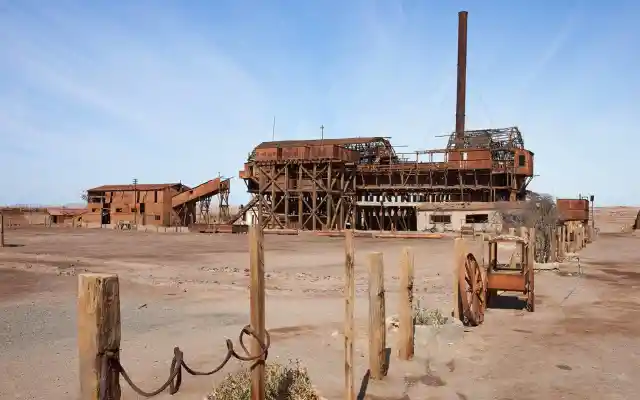
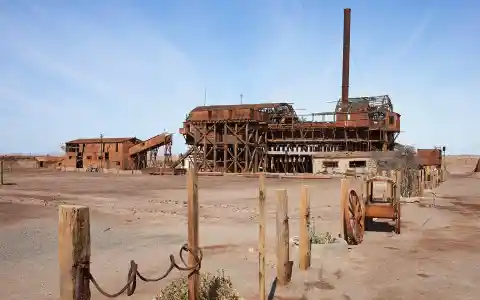
The ruins of the ancient mining town are pretty impressive. The problem is that the structures are growing more vulnerable as the years go by. Besides, this has been worsened by a recent earthquake. Thus, serious restoration works must be carried out for this site to survive.
Kasubi Tombs, Uganda
Most people travel to Uganda to spot gorillas in the Bwindi Impenetrable Forest. However, the country is full of other fascinating landmarks. For instance, from the capital city of Kigali, you can take a day trip to the Kasubi Tombs. These tombs belong to the former Buganda Kings, and they are one of the most fascinating archaeological sites of the region.
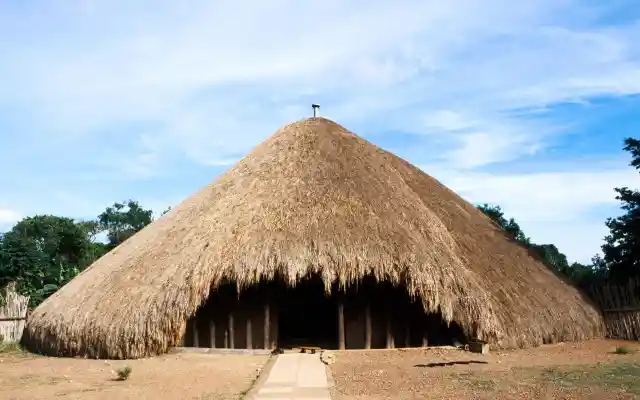
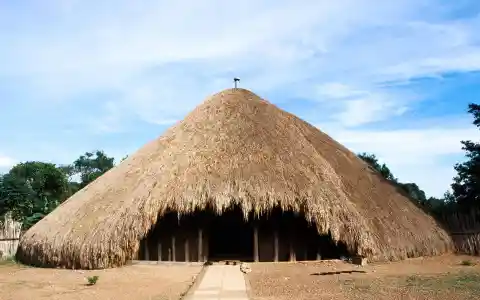
These tombs were built in 1882, and in 1884 they became the royal burial ground. Most of them have been built from wooden poles, thatch, reed, and daub. However, in 2010, the burial ground’s main building was torn down by a terrible fire. So let’s hope this doesn’t happen again, and visit this place before it does!
Coro, Venezuela
Venezuela is most famous for its Caribbean Coast and its fascinating beaches. But apart from the crystal-clear sea, its coast is also home to the small village of Coro. This town features tons of colonial buildings that date back from the 16th century and which have a unique blend between Dutch and Spanish Mudéjar architecture.
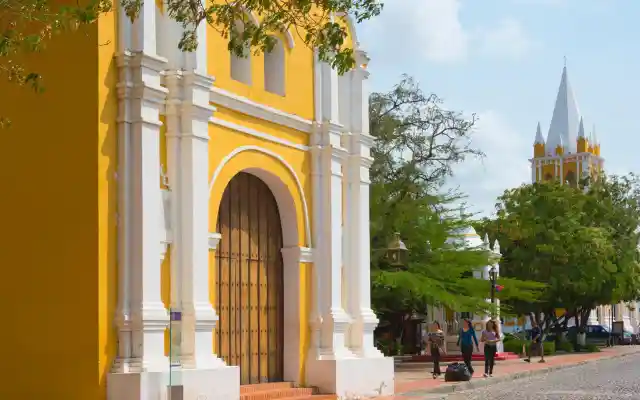
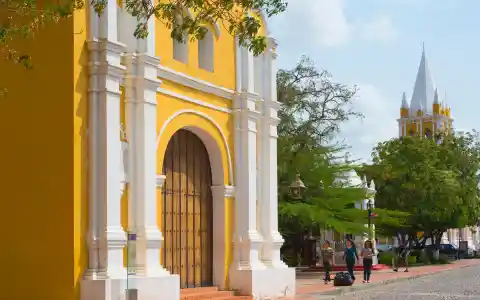
Unfortunately, some of these 5-century-old buildings have been damaged by the heavy rainfalls of 2005, and no restoration projects have been implemented ever since. What’s more, the country faces a deep political turmoil, so the chances of obtaining government funding for management and restoration plans look grim.
Río Plátano, Honduras
Río Plátano is a biosphere reserve shared between the neighboring countries of Honduras and Nicaragua,, and it happens to be the largest forest area in Latin America outside the Amazon. It is packed with rain-forested mountains, wetlands, and coastal lagoons.

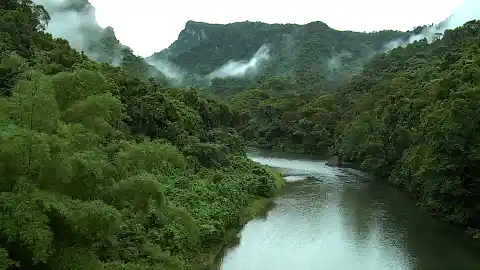
Apart from its rich natural heritage, this reserve is also home to several indigenous tribes, a few archaeological sites, and diverse flora and fauna. But the problem is that many of the animal species that live here are in danger of extinction. Some examples include the Mexican spider monkey, the tapir, the giant anteater, the jaguar, and the West Indian manatee.
Church Of The Nativity, Palestine
In 2012, the Church of the Nativity became the first Palestinian site to be inscribed on the UNESCO Heritage list. On this site, you’ll find the remains of St. Helena church, which was built in the 4th century, and the Church of the Nativity, built in the 6th century.
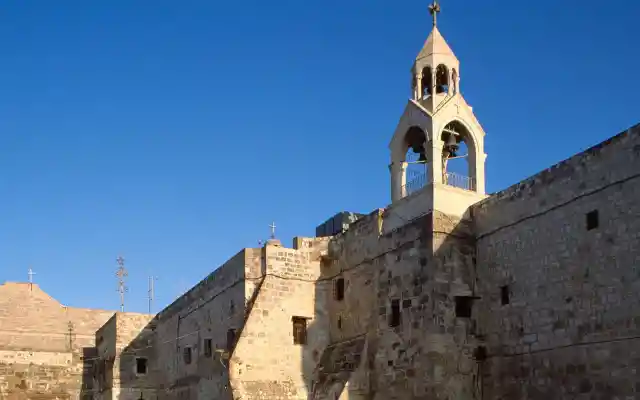
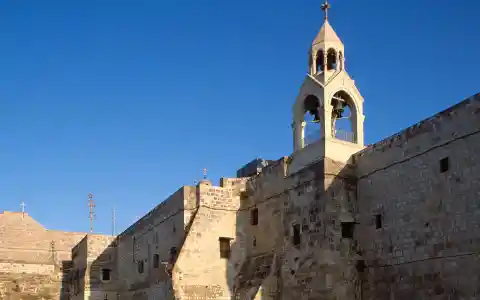
Both these churches are regarded as one of the holiest places for both Christians and Muslims. But unfortunately, these ancient structures are being threatened by urban development, tourism, and traffic management. So visit them as soon as possible!
Liverpool, England
Liverpool is mostly known for being the hometown of The Beatles, but it’s also one of England’s main cultural hubs. This maritime city played a major role in the growth of the British Empire since it was one of the main ports of the Kingdom. What’s more, it is packed with historic buildings and fascinating museums.
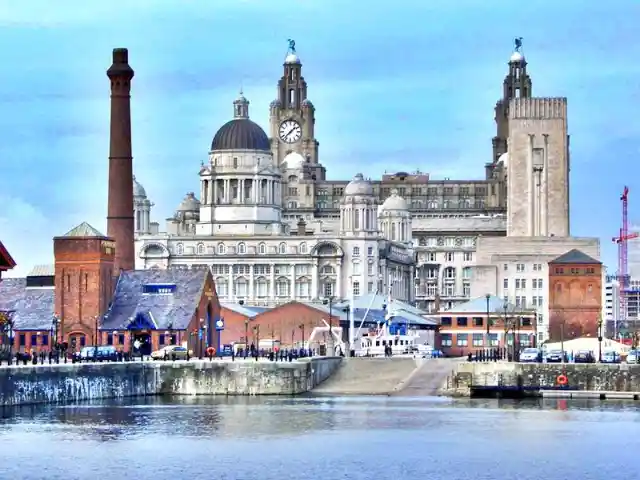

But just like the case of Vienna, the modern developments and rapid urbanization are starting to overshadow Liverpool’s historical center, specifically its historic docklands. Cases such as this one reflect the importance of city planning and state intervention.
Shakhisyabz, Uzbekistan
The Historic Center of Shakhisyabz is one of Uzbekistan’s few UNESCO Heritage Sites. This city is just a 90-minute drive from Samarkand, another of the nation’s UNESCO Heritage sites. Apart from having a tremendously difficult name, this city boasts medieval walls and beautiful blue-domes mosques.
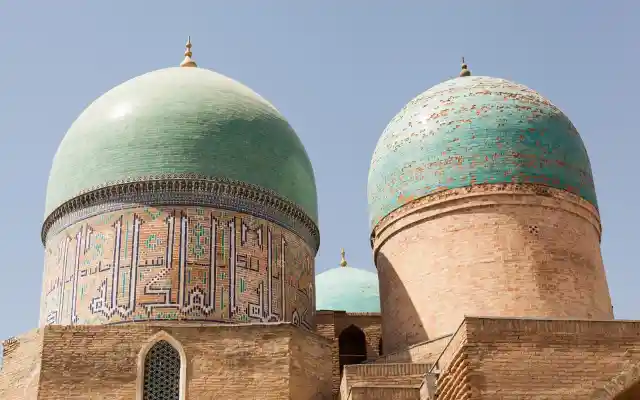
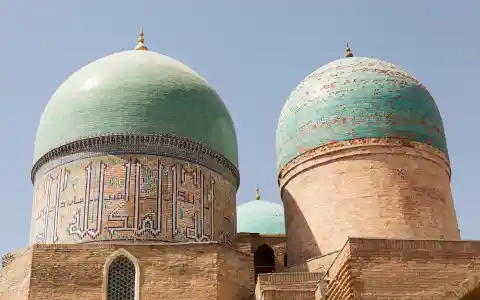
But unlike the neighboring Samarkand, Shakhisyabz’s buildings reflect a blend of different architectural styles. The problem is that the over-development of touristic infrastructure is slowly becoming a threat to the preservation of ancient architecture.
Nikolo-Koba National Park, Senegal
Most people travel to Africa to go on safaris, but they always choose the Eastern African nations. However, West Africa also has plenty of fascinating safari sites, such as Senegal’s Nikolo-Koba National Park. This park is located on the banks of the Gambian River, and it is home to hundreds of unique species.

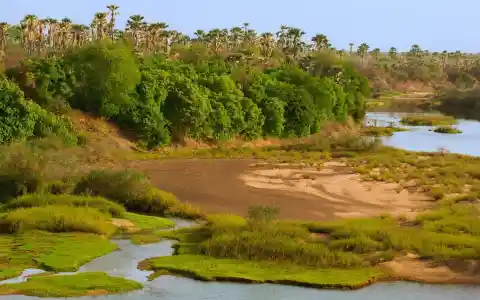
Most people visit this park to see elands, chimpanzees, lions, leopards, and elephants. However, the park is in threat due to the poaching of elephants. Apart from this, a private company is planning to build a dam on the Gambian River, and this could cause droughts since it would prevent the grasslands from flooding.
Potosí, Bolivia
Potosí is located in the Bolivian Andes, and it is one of the country’s most beautiful and ancient towns. Five hundred years ago, Spanish colonizers discovered that there were vast amounts of silver, gold, and other minerals in the nearby mountains. As a result, Potosí became one of the continent’s main mining and industrial centers.
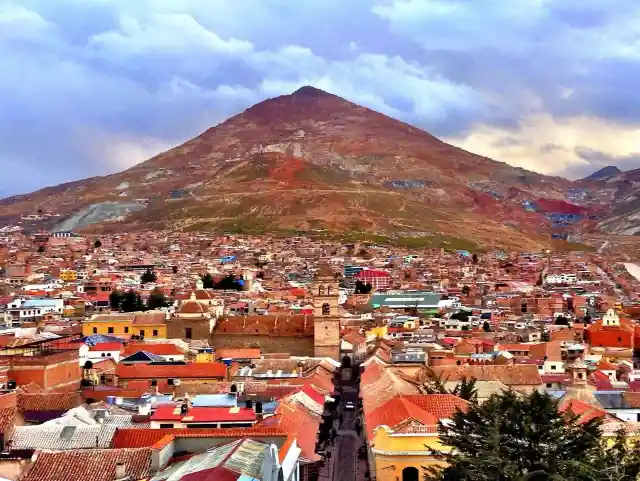

If you travel to Potosí, you can visit what’s left of Cerro Rico’s enormous industrial complex, which has been named a UNESCO Heritage Site. This complex includes the ancient mines, aqueducts, monuments, churches, and worker’s homes. The problem is that Cerro Rico is in danger of collapse.
Sumatran Rainforest, Indonesia
The Sumatran Rainforest is located on the island of Sumatra, Indonesia, and it is made up of three national parks: Gunung Leuser, Kerinci Seblat, and Bukit Barisan Selatan. According to UNESCO, this rainforest area constitutes the greatest potential for long-term conservation.
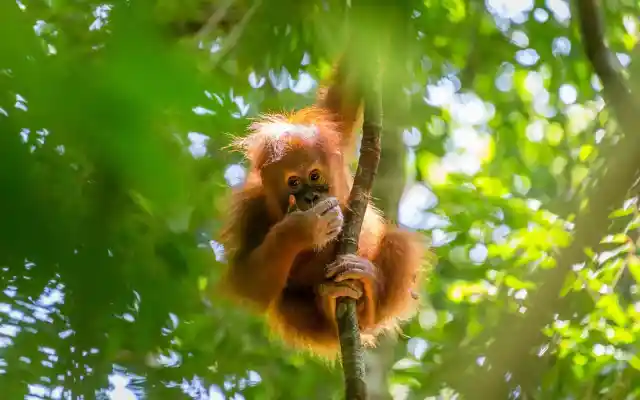
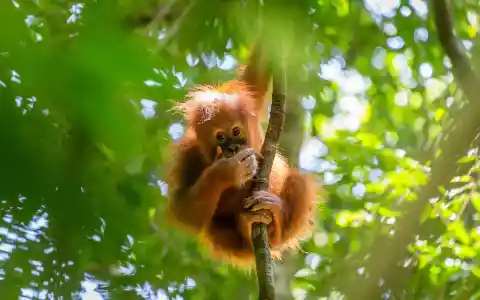
However, as a result of poaching, fewer than 15,000 animals are left in the wild in this rainforest. For example, the Sumatran orangutan is on the brink of extinction, with less than 2,000 of them left. Something must be done, and soon!
East Rennell, Solomon Islands
According to UNESCO, 62 of its World Heritage Sites are currently threatened by the effects of global change. And East Rennell, in Rennell Island, is one of them. This site is located on the southernmost island of Solomon Islands, a country and archipelago from Oceania.

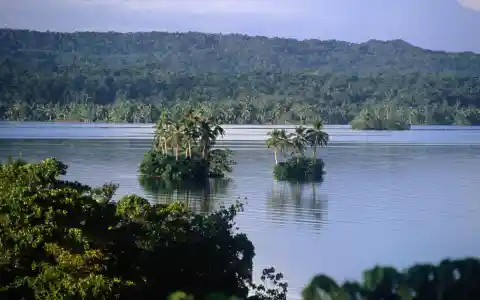
This island is the largest raised coral atoll in the world, and it’s currently facing a major problem. Global warming is causing the lake water levels to constantly raise, and this affects the crops of the resident villagers. Furthermore, frequent cyclones are threatening the island. These two factors combined are putting East Rennell’s flora and fauna at risk.
Everglades National Park
There is much more to Florida other than Disneyworld. If you’re a nature fan, you should consider visiting the wonderful Everglades National Park, which is home to the manatee. However, visit this park before it’s too late since it has been on UNESCO’s watch list for the past seven years.


This park is threatened by the lowering water levels as a result of urban and agricultural growth. Besides, agricultural activities are causing alarmingly high levels of pollution. This poses a threat to many of the marine species, including the manatee.
Selous Game Reserve
Tanzania is often regarded as the best country in the world for game drives and safaris. While most people choose Serengeti and Ngorongoro as their safari destinations, other unspoiled parks are just as fascinating. Selous Game Reserve is one of them.
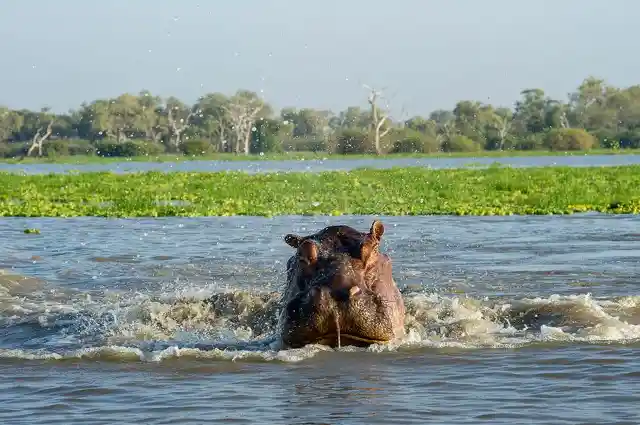
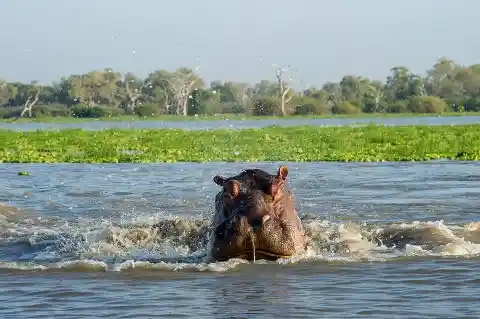
This reserve features populations of elephants, giraffes, cheetahs, leopards, and hippos, and above all, the rare Selous lion, among hundreds of other species. However, poaching has led to a significant decline in wildlife populations, especially rhinos, leopards, and elephants.
Abu Mena, Egypt
28 miles away from the city of Alexandria is Abu Mena, an archaeological site that was once a famous Christian pilgrimage center. This site was built over the tomb of Menas of Alexandria, who died in 296 A.D. You can still visit the remains of the church, baptistry, basilicas, public buildings, streets, workshops, and monasteries.
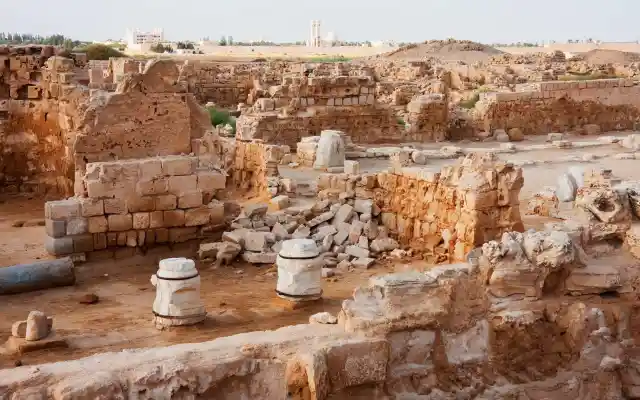

This site was abandoned one millennium ago, but it is currently threatened by rainfalls and a rising water table. This may soon lead to serious floods, which would cause the collapse of many buildings.
Chan Chan, Peru
If I say “Peru,” most of you will say “Machu Picchu.” However, there are thousands of other archaeological sites in this country outside Cuzco. Chan Chan is one of these. This site was once the largest earthen city from pre-Colombian America, and its remains can still be visited.
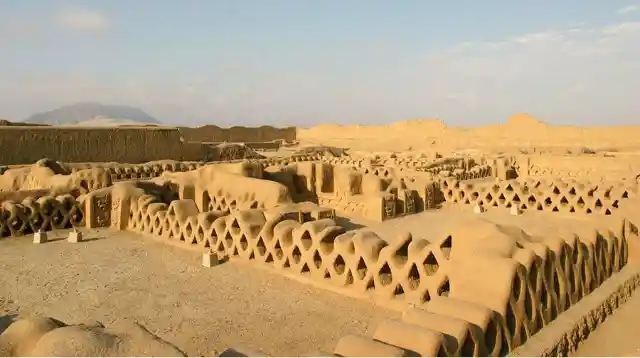
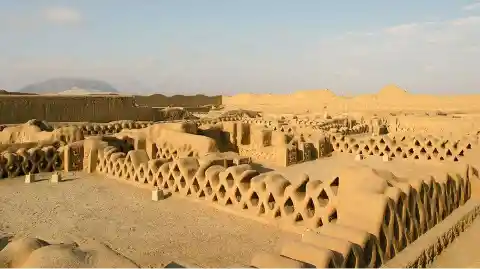
Chan Chan features nine citadels separated by thick earthen walls. Each citadel, in turn, features temples, homes, and funeral platforms. But sadly, these earthen structures are being washed away as a result of successive torrential rains.
Air And Ténéré Natural Reserves, Niger
The Sahara Desert is Africa’s largest protected area. If you want to see it for yourself, I suggest going to Air and Ténéré Reserves in the Western African nation of Niger. These reserves feature moving sand dunes as well as breathtaking marble mountains.
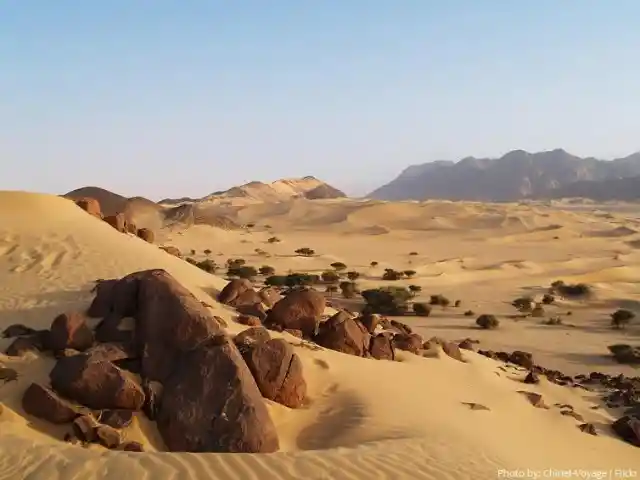
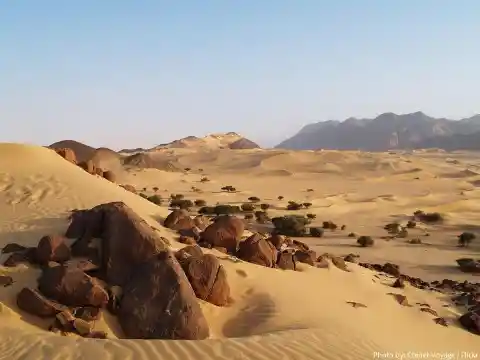
These reserves are home to several endangered species, including the cheetah, the dorcus gazelle, the leptocere gazelle, and the addax. However, all these animals are on the brink of extinction since 1992 as a result of poaching and illegal grazing.
Belize Barrier Reef, Belize
Belize’s main tourist landmark is the Belize Barrier Reef, which happens to be the longest barrier reef in the Western Hemisphere. It is a vast area of atolls, coastal lagoons, and mangrove forests, and it is regarded as one of the best places in the world for snorkeling and scuba diving.
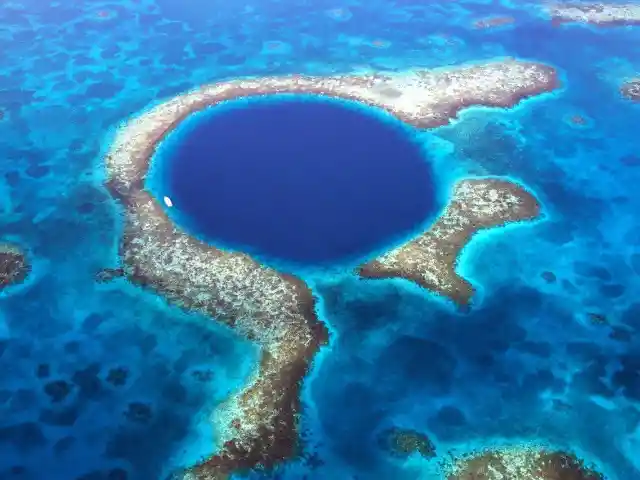
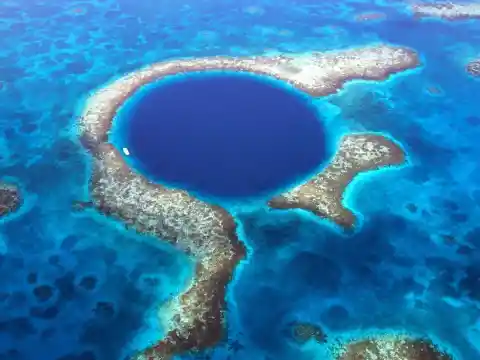
This site is home to several endangered species, such as manatees, marine turtles, and the American marine crocodile. It also features the famous Blue Hole sinkhole. But unfortunately, this area is at risk by the development and modernization of some of its mangrove islands. The growing pollution is also threatening marine life.
Timbuktu, Mali
Mali is located in the Sahel region of Northern Africa. Although it lacks modern tourist infrastructure, many people travel to the country to visit the earthen mosques of Djingareyber, Sankore, and Sidi Yahia. But sadly, these buildings are facing major threats.
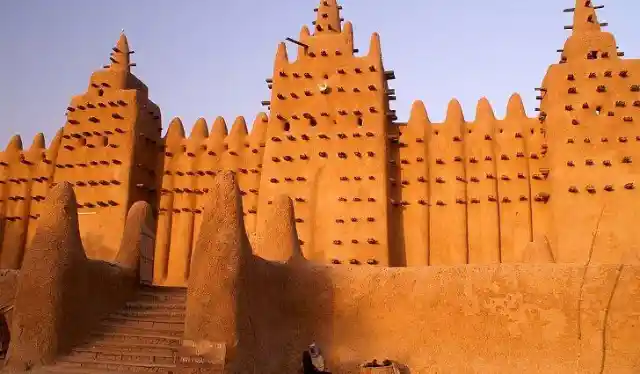

In 2012, the Tuareg separatist rebels and then the Jihadists occupied the mosques for ten months, and during the occupation, the structures faced considerable damages. On top of that, the mosques are at risk of desertification, which is caused by droughts and overgrazing. Something has to be done and quick!